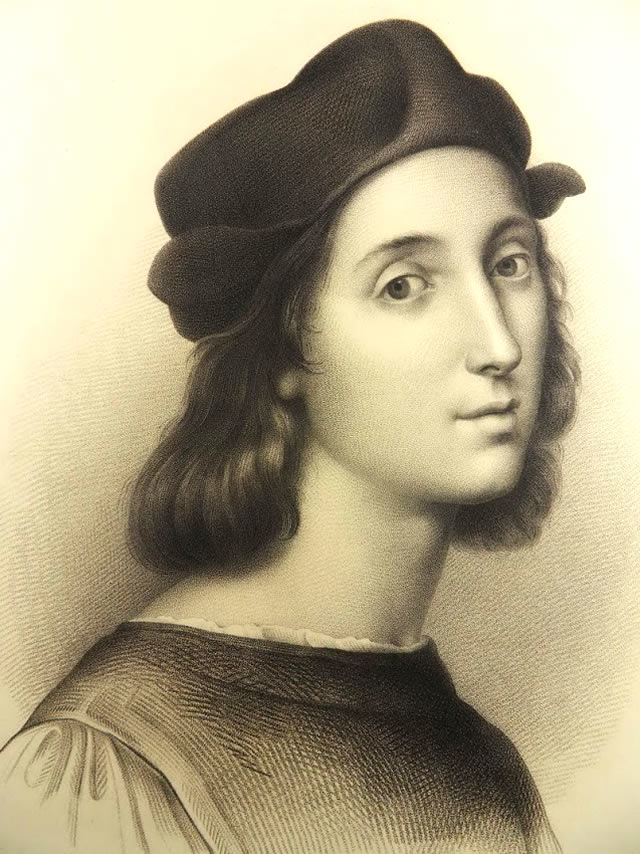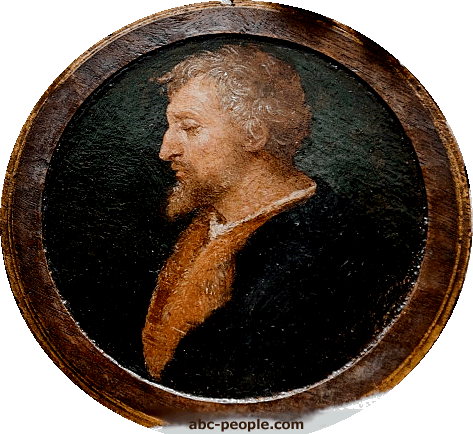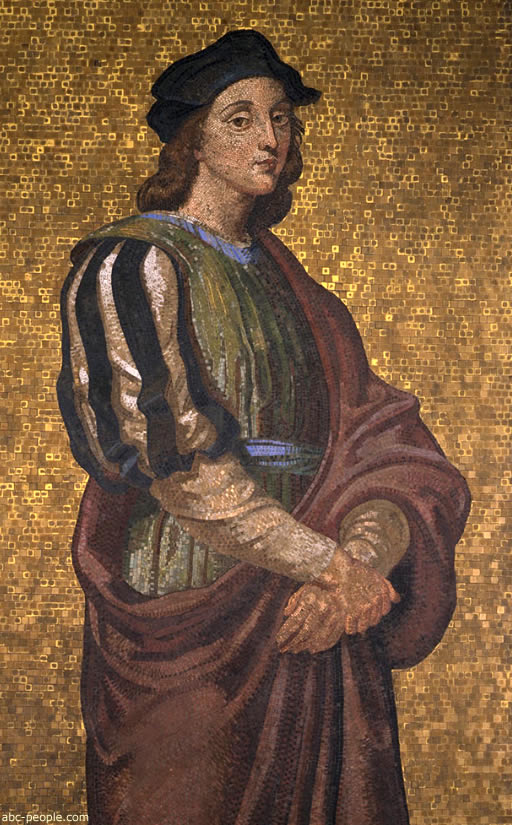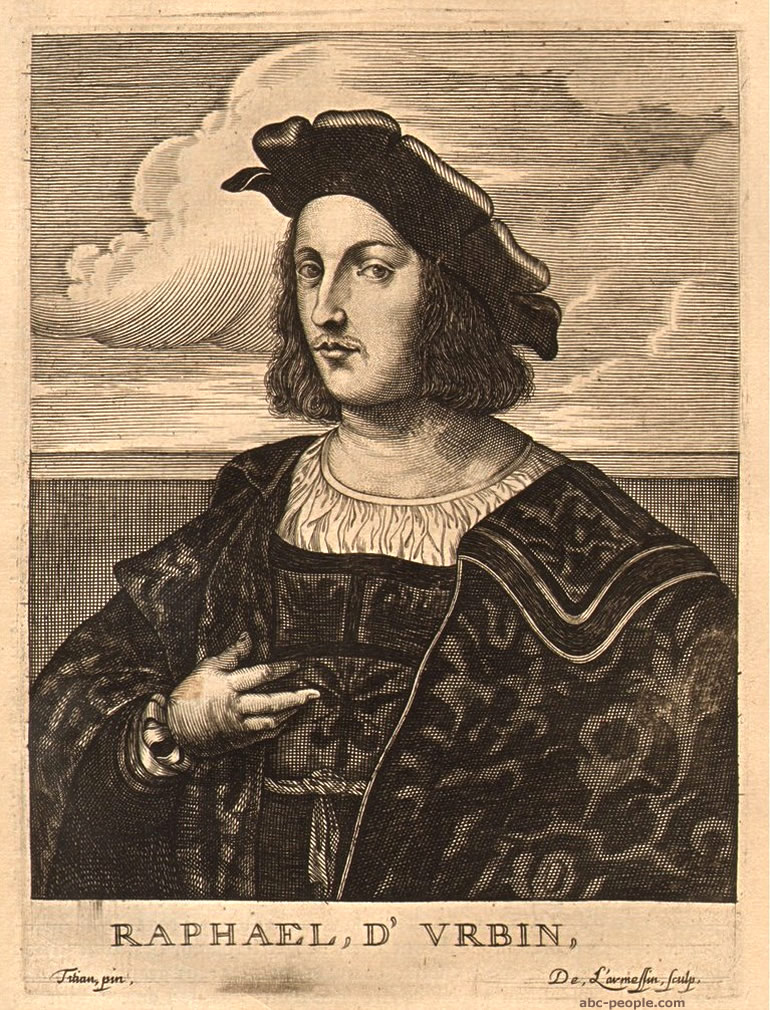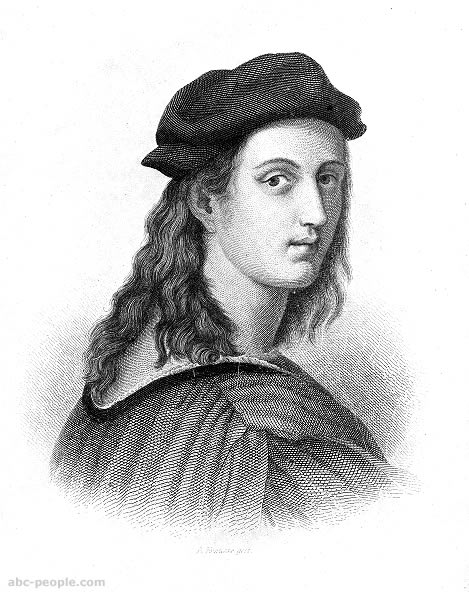|
Raphael
Santi |
|
Raphael's
Portraits |
|
Engraving
after the work "Self Portrait of Raphael", made by Francois-Gedeon
Reverdin Francois-Gedeon
Reverdin Engraving
with "Self
Portrait of Raphael in 1506". |
| Raphael's
Portrait byValerio Belli Valerio
Belli Raphael's
Portrait of Valerio Belli (est $2-3m) from the collection of A.
Alfred Taubman is displayed as part of the Frieze week exhibition
|
|||
|
|
|
Mosaic
of Raphael Sanzio by F.H. Cole and M.Jennings F.H.
Cole and M. Jennings 1872 |
|
Portrait
of Raphael d'Urbin works by Nicolas de Larmessin Nicolas
IV de Larmessin Engraving |
| |
| Antique
book illustration Antique
book illustration Approx
15.5 x 12.0cm, 6 x 4.75 inches |
|
| Copyright
© 2004 abc-people.com Design and conception BeStudio © 2014-2023 |
